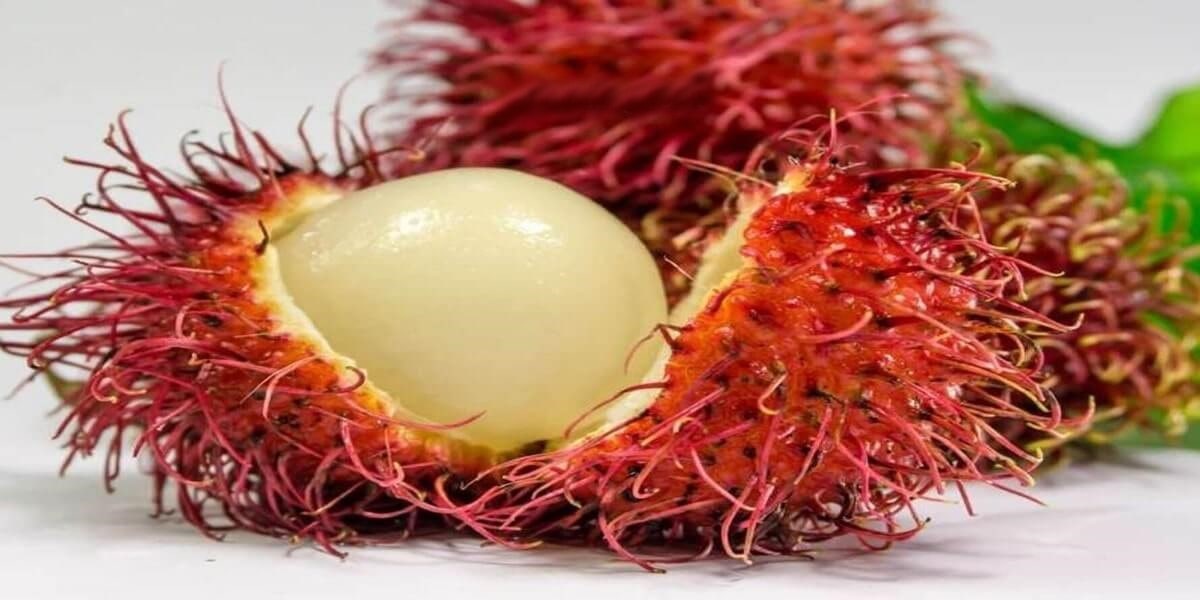Rambutan Fruit
Doodlebrary
- Rambutan is a tropical fruit native to Southeast Asia.
- It belongs to the Sapindaceae family, which also includes lychee and longan.
- Rambutan is known for its unique appearance and sweet, juicy flesh.
- Rambutan is a small, oval or round fruit, typically about the size of a golf ball.
- It has a thick, hairy rind or skin that is usually green or yellow, although the color can vary depending on the variety.
- The spiky hairs on the skin give the fruit its name, as “rambut” in Malay means “hairy.”
- Once you peel away the skin, you’ll find translucent or white, juicy flesh.
- The flesh has a sweet and slightly acidic flavor, often likened to a combination of lychee and grape.
- Rambutan flesh has a smooth, slippery texture, and it surrounds a central seed or pit, which is inedible.
- Rambutan is a low-calorie fruit, rich in vitamins and minerals.
- It is a good source of vitamin C, which is an antioxidant that helps boost the immune system.
- Rambutan also contains small amounts of other vitamins and minerals, such as potassium, iron, and calcium.
- Rambutan trees bear fruit once or twice a year, depending on the climate and variety.
- The fruit is typically harvested when it is ripe but still firm. Overripe rambutans may become mushy.
- Rambutan can be stored at room temperature for a few days or in the refrigerator for longer shelf life.
- Rambutan is usually eaten fresh as a snack or dessert.
- To enjoy rambutan, cut a shallow slit around the circumference of the fruit’s skin and peel it away to reveal the edible flesh.
- Some people prefer to remove the seed before eating, while others eat the flesh around the seed.
- In addition to eating rambutan fresh, it can be used in fruit salads, desserts, and beverages.
- It is sometimes canned or preserved in syrup for longer shelf life.
- Rambutan is not only delicious but also nutritious, making it a popular fruit in tropical regions and gaining recognition in international markets.
- Its exotic appearance and sweet flavor make it a favorite among fruit enthusiasts looking to explore tropical flavors.
